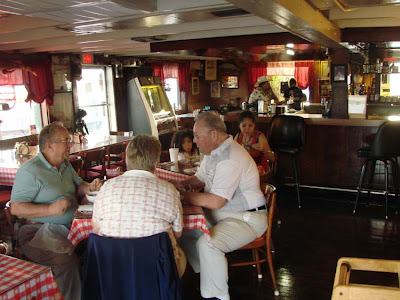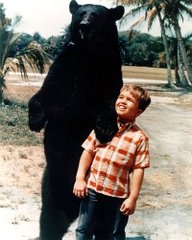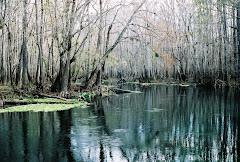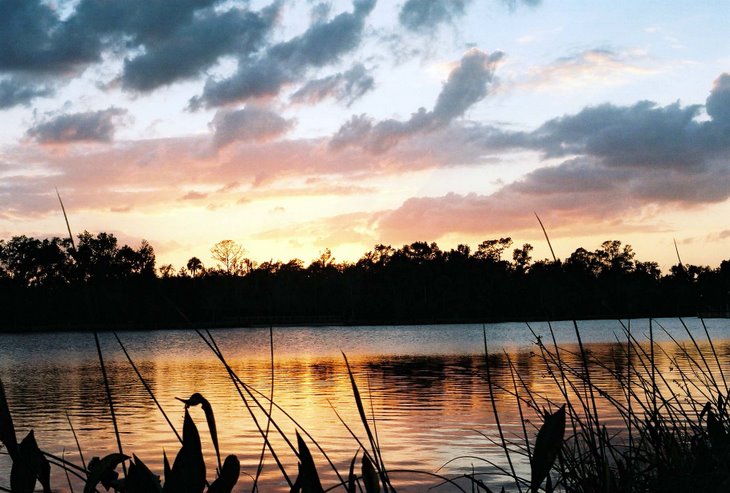 Osceola is the sixth largest county in Florida with over 1,350 square miles of territory. From north to south it stretches almost 60 miles and is for the most part uninhabited. The extreme northern part of the county is where the bulk of its 245,000 citizens reside, including us. This narrow corridor of densely populated suburbia, roughly paralleling U.S. Hwy. 192, comprises the southern edge of metropolitan Orlando. Osceola is also the 17th fastest growing county in the U.S. by attracting 100,000 new residents since the late 1990's.
Osceola is the sixth largest county in Florida with over 1,350 square miles of territory. From north to south it stretches almost 60 miles and is for the most part uninhabited. The extreme northern part of the county is where the bulk of its 245,000 citizens reside, including us. This narrow corridor of densely populated suburbia, roughly paralleling U.S. Hwy. 192, comprises the southern edge of metropolitan Orlando. Osceola is also the 17th fastest growing county in the U.S. by attracting 100,000 new residents since the late 1990's.Blessedly the rest of the county is still predominantly woods, swamps, lakes, prairies and vast ranches; with much of the agricultural land being devoted to cattle, citrus and turf farms. A lot of it is also preserved by the state of Florida as conservation and wildlife management land that is easy to access and enjoy.
This past Sunday we left the hurly-burly of U.S. 192 behind us and turned south on County Hwy. 523 heading for Yeehaw Junction to enjoy the wide open spaces and beautifully diverse landscapes of southeastern Osceola County that few of our neighbors even know of, much less have ever desired to visit.
Our first stop was at the Sunset Ranch trailhead located in the gorgeous Three Lakes Wildlife Management Area. This stunningly beautiful loop trail takes you through enormous open groves of live oak draped with overhanging Spanish moss, dense cypress swamps, open Florida prairie and eventually leads to the shores of Lake Marian. It was easily one the most impressive nature trails I've ever hiked in Florida.
 Enchanted forest
Enchanted forest
Giant cypress

Tall grass prairie

Lake Marian
Hwy. 523 terminates at U.S. 441 in the drowsy half-dead community of Kenansville where we hung a right and proceeded south another 20 miles to Yeehaw Junction where there is an entry ramp on to the Florida Turnpike for the trip back home.
This part of Osceola County still retains its rural charm and has many areas of unspoiled wilderness. This is a very good time of the year to get out and hike, the temperatures are moderate but still warm, the bugs much less of an obstacle to maintaining your sanity and scary reptilian creatures like snakes and gators are more subdued in the cooler weather.
Go forth and explore. It's what the world is for.
This part of Osceola County still retains its rural charm and has many areas of unspoiled wilderness. This is a very good time of the year to get out and hike, the temperatures are moderate but still warm, the bugs much less of an obstacle to maintaining your sanity and scary reptilian creatures like snakes and gators are more subdued in the cooler weather.
Go forth and explore. It's what the world is for.
















































